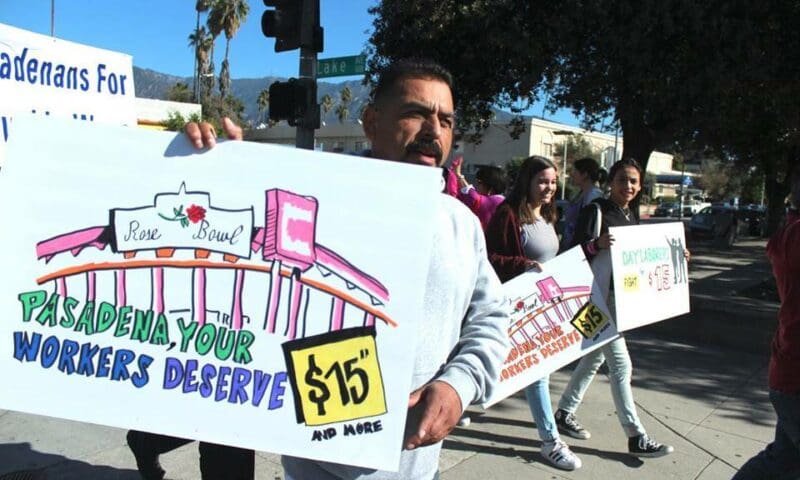
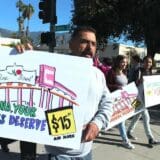
Pasadena, California — home of the annual Tournament of Roses parade and the Rose Bowl football game — is known as the City of Roses. But a broad coalition of low-income workers, middle class professionals, clergy, nonprofit leaders, educators, unions, community and civic groups, and enlightened businesses has come together to transform Pasadena into the City of Raises.
They have built a movement to urge Mayor Terry Tornek and the City Council to adopt a law raising the minimum wage gradually to $15 an hour by 2020, just as the City of Los Angeles and Los Angeles County did last summer, and other area cities (Long Beach, Santa Monica, West Hollywood and Glendale, among them) are considering.
These efforts are part of a growing national movement to improve wages and working conditions for low-wage Walmart and fast-food workers, janitors, hospital employees and others. They’ve been pushing cities to adopt minimum wage laws and pressuring big corporations to increase pay for its low-wage employees.


Bad enough that the climate is changing and humans are causing it; worse, most of us don’t even want to talk about it.
“Where are the books? The poems? The plays? The goddamn operas?” asked author and climate activist Bill McKibben a decade ago on Grist, comparing the climate crisis to the AIDS epidemic, which, McKibben noted, produced “a staggering outpouring of art that, in turn, has had real political effect.”
To be fair, that has started to change: Authors such as Paolo Bacigalupi (The Water Knife) and filmmaker Larry Fessenden (The Last Winter) have begun to address environmental catastrophe in their works. But it’s likely that other authors, artists and goddamn opera writers have assumed that their climate-focused work would struggle for an audience: A recent Pew Research Center poll found that only 42 percent of U.S. citizens consider rising seas and global temperatures disturbing.
» Read more about: The Heat’s On: An L.A. Arts Festival Tackles Climate Change »
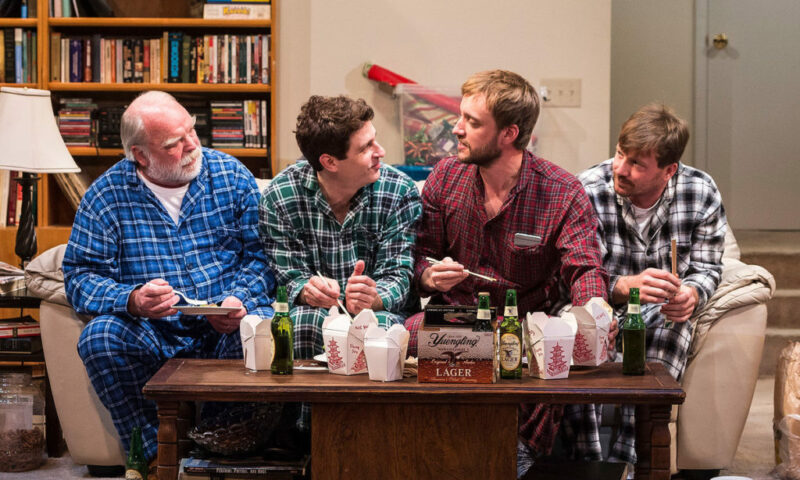

There’s something deceptively familiar about the first scene of Young Jean Lee’s play, Straight White Men, receiving its West Coast premiere at the Kirk Douglas Theater. It opens with an American family gathered together for Christmas. The three adult Norton brothers spend a lot of time horsing around their dad’s living room in flannel jammies, re-enacting childhood pranks, recalling old nicknames and play-fighting with one another as though they’re young boys again. It’s the kind of reunion play whose lines often begin, “Remember the time . . .” So we know, with all this holiday cheer and familial merriment, that things are about to go to hell.
Sure enough, eldest son Matt (Brian Slaten) abruptly begins to cry as the brothers and their father eat a Chinese take-out dinner. Matt’s got a secret but this is 2015, so veteran theatergoers raised on the social-issue dramas of the late 20th century surmise it’s not that Matt is gay or that he has an incurable disease – especially since we also know this 90-minute play was written and directed by a New York playwright who is the reigning queen of experimental theater.


Will the United Nations conference on human-caused climate change move toward saving the earth for habitation? That’s what’s at stake as the heads of the world’s nations gather in Paris on November 30 through December 11. They intend to put teeth into the U.N.’s “framework” that is aimed to reduce carbon emissions, and which has been adopted by some 195 countries. But will they?
Bill Gates doesn’t think so. In an interview in The Atlantic, Gates praised countries for pledging to roll back emissions by 80 per cent, but cast doubts about their ability to reach that goal. It’s not that he thinks government is particularly inept and that the private sector could do it. He really doesn’t think that either can or will.
He believes that people will cut the easy stuff first, leaving the hard-to-do for the latter half of the time frame.
» Read more about: Paris Climate Change Conference: A Planet in the Balance »
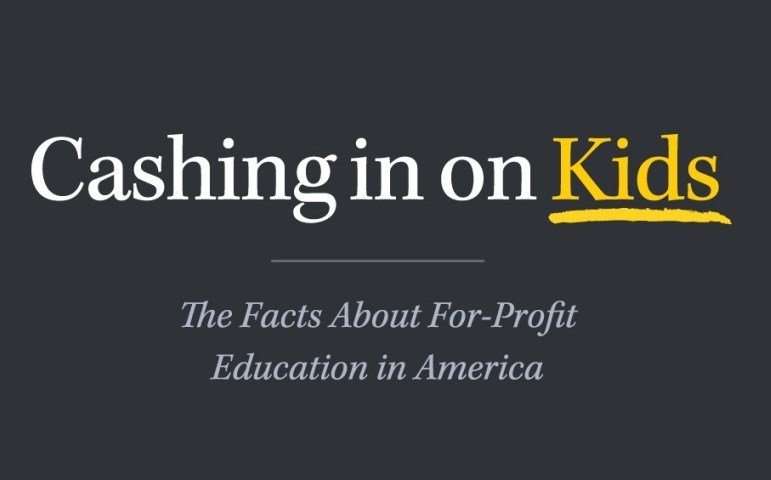
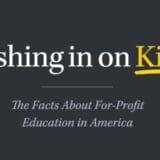
Here’s In the Public Interest’s pick of recent news in for-profit education. Not a subscriber? Sign up. For more from Cashing in on Kids, visit our website.
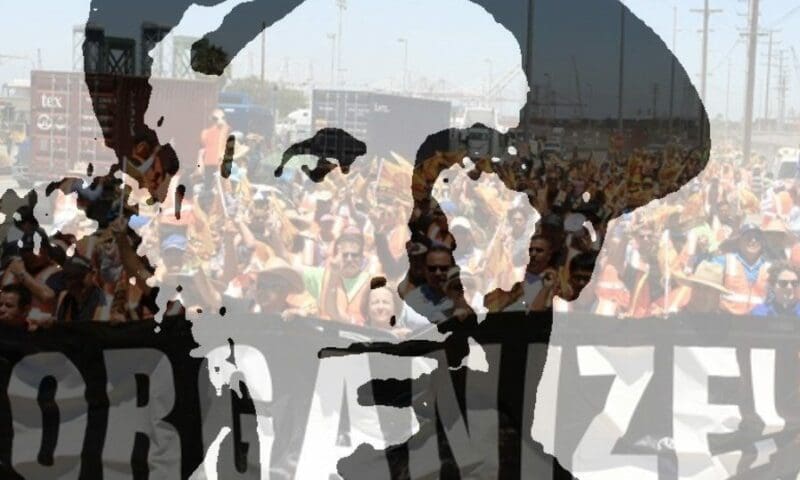
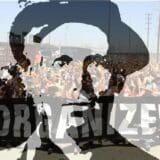
If legendary labor activist Joe Hill were alive today — and some contend that he is — he would have plenty to say about the state of the American worker. And the country, if it listened, would have plenty to learn.
Hill, who was executed in Utah 100 years ago this month, was an unapologetically radical union organizer whose rough-hewn songs and poems matched the brutal working conditions endured by tens of millions of Americans in the early 20th century. While his lyrics might at first sound anachronistic to contemporary audiences, their underlying spirit speaks directly to the experiences of far too many in our often unforgiving 21st century economy.
“Would you have freedom from wage slavery… Would you from mis’ry and hunger be free,” from Hill’s 1913 anthem “There Is Power in a Union,” could easily have been inspired by the thousands of truck drivers who haul goods to and from the nation’s largest port in Los Angeles.

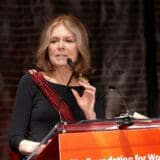
The most wonderful thing about hearing Gloria Steinem speak recently at the Getty House was meeting the two high school students sitting in front of me. These young Latinas had just formed a feminism club at Montebello High, and its first meeting was a big success. The goal of the club, they told me, is to “explore what feminism means to other students and to educate ourselves.” The two were here to get a boost of ideas and inspiration from Steinem — and were they excited.
Over 100 high school students, overwhelmingly female and from a wide diversity of backgrounds, came to hear Steinem and to submit questions to which she responded. It felt like Feminism 101 and seemed to be exactly what the young women came for.
Amy Wakeland, who prefers to be identified as the First Lady of Los Angeles, and her husband, Mayor Eric Garcetti,
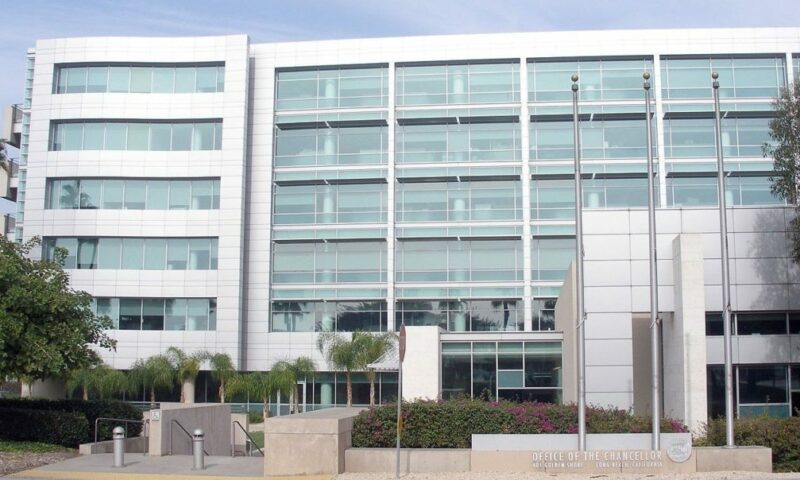

Faculty and students from the 23 campuses of the California State University (CSU) system will demonstrate today over a contract fight that they say is critical to the future of higher education in the Golden State. The actions will be highlighted by a march through downtown Long Beach, ending at the state chancellor’s office, where the CSU Board of Trustees is to meet.
The long-running conflict intensified last week, as the California Faculty Association (CFA) announced that 94 percent of its members who voted agreed to authorize a strike. Faculty have been frustrated by what they say is under-investment in teaching: stagnant wages and the CSU’s move towards cheaper part-time teachers rather than tenure-line faculty, while at the same time hiring and giving raises to non-academic supervisors and top management. Student fees increased multiple times over that period. The result, say CFA members, is that students face a tougher path to graduation,
» Read more about: Why California's State University Faculty Might Hit the Bricks »


As America’s heartland prepares for another frigid winter, low-income families in Iowa are also bracing for a significant change. That’s because private companies are scheduled to take over management of the state’s Medicaid program the first of the New Year, a shift Iowa’s governor is calling “modernization.”
Governor Terry Branstad says that concerned Iowans “should not be afraid of change,” but private management could make it harder for almost 600,000 people—about 22 percent of the state’s population—to get the health care they need.
The Des Moines Register says the current state-run program “spends less per person than the majority of other states, while still providing comprehensive coverage.” Why jeopardize that? A chaotic transition, diminished services or reduced coverage could threaten low-income families and people with disabilities.
But Iowans still have a say. The federal government has to sign off on the transition,
» Read more about: Iowa to Hand Over Medicaid to Private Companies »


November 19 marks the 100-year anniversary of Joe Hill’s execution by a Utah firing squad for a sensationalized Salt Lake City double homicide. Hill, a 36-year-old Swedish immigrant, was an itinerant laborer and union organizer for the Wobblies – the Industrial Workers of the World (IWW). Today most historians view Hill’s arrest as a police frame-up and consider his trial and execution as, at the least, a politically motivated miscarriage of justice, if not outright judicial murder.
Hill’s mythic stature continues to serve as the soul of the struggle for workers’ rights and economic equality, and interest in his life shows no sign of abating — a phenomenon that is reflected in the ongoing yearlong series of exhibits, book events and concerts commemorating his death.
Joe Hill, of course, was no ordinary organizer but also a poet and balladeer whose knack for taking a well-known hymn or folksong,